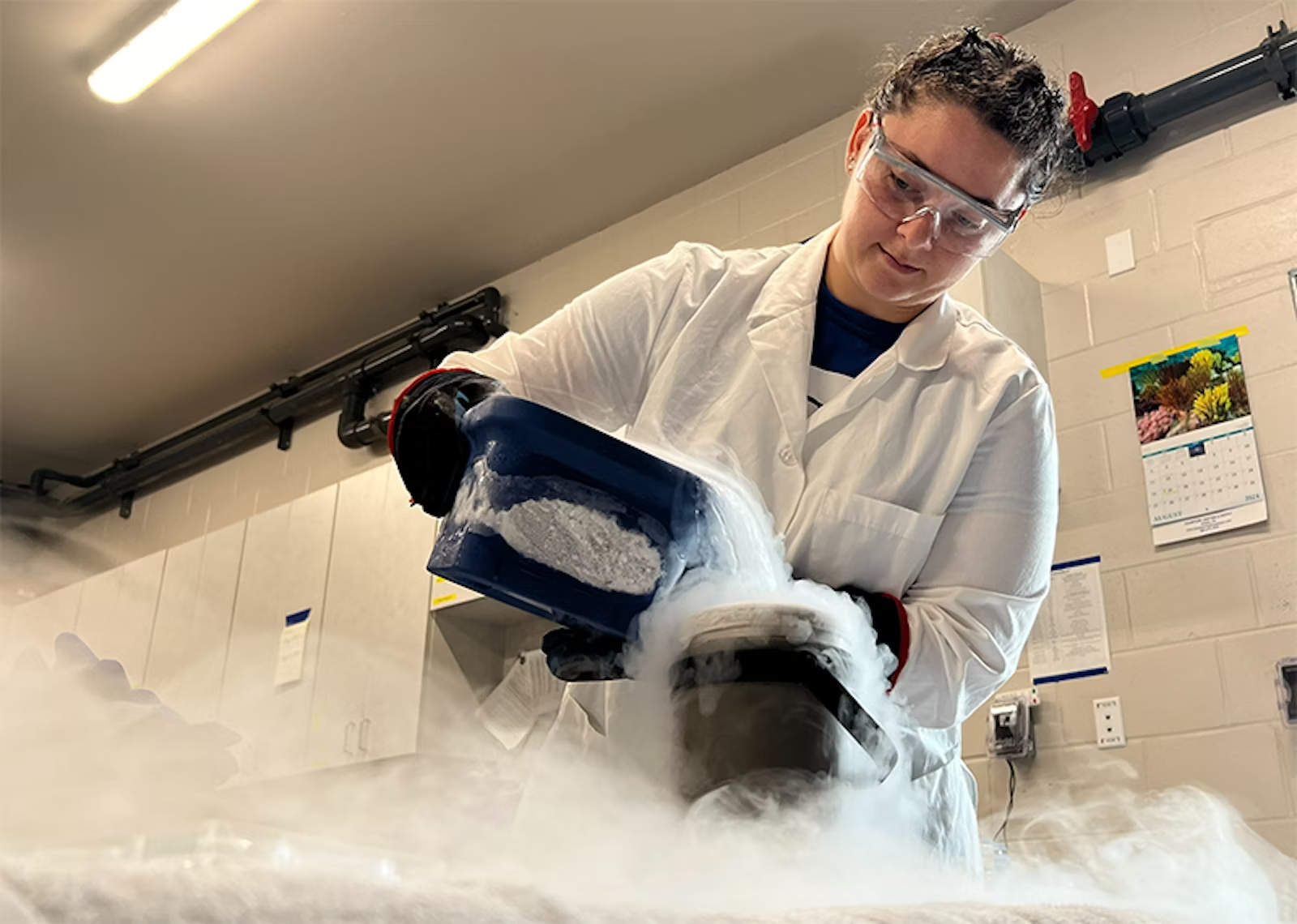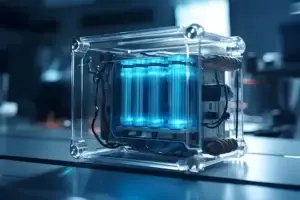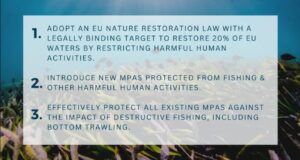Coral reefs, often called the “rainforests of the sea,” are in trouble. Over 50% of the world’s coral reefs have died in the past three decades due to warming oceans, pollution, and overfishing. But hope isn’t lost. A groundbreaking solution—frozen coral repositories—could be the key to preserving and restoring these vital ecosystems for future generations.
The Crisis Facing Coral Reefs
Coral reefs support a quarter of all marine species and act like vital hotspots for ocean biodiversity. However, rising ocean temperatures have caused widespread coral bleaching events, making it harder for these ecosystems to survive. In the last decade alone, severe bleaching events have impacted nearly 90% of the Great Barrier Reef (source: GBRMPA).
The death of coral reefs means a loss of marine habitats, coastal protection, and even food security for millions of people. The urgency for innovative solutions is clear.
Enter Frozen Reefs: How Cryopreservation Could Save Coral Species
Cryopreservation—freezing biological materials at ultra-low temperatures—has emerged as a promising technique to safeguard coral species. Scientists at institutes like the Smithsonian Conservation Biology Institute and Hawaii Institute of Marine Biology are collecting and freezing coral sperm, eggs, and fragments, creating a genetic “bank” to protect against extinction.
How It Works:
- Collection and Freezing: Coral samples are collected, and the genetic material is cryopreserved using liquid nitrogen at -196°C.
- Future Restoration: These frozen samples can be thawed to breed coral larvae in controlled environments, to restore reefs once conditions improve.
Key Metric:
- Success Rate of Cryopreservation: Current efforts have shown promising results, with cryopreserved coral achieving a 60% fertilization success rate, indicating its potential as a key conservation tool (source: Smithsonian).
Future Applications and the Potential for Restoration
The aim of cryopreservation is not only to store coral genetics but to also make large-scale restoration possible. By keeping a genetic library of coral species, scientists hope to repopulate reefs and breed resistant corals to higher temperatures and other stressors.
Potential Advances to Watch:
- Genetic Diversity Restoration: The frozen samples can increase the genetic diversity of existing coral populations, making them more resilient.
- Hybrid Breeding for Resilience: Scientists are experimenting with breeding different coral species to create hybrids that can better withstand environmental changes, using genetic material stored in frozen coral repositories.
Metrics for Success:
- Restoration Coverage: Scientists aim to restore 10% of impacted reefs by 2030 using cryopreserved materials.
- Heat-Resilient Corals: Efforts are underway to breed coral species with 25% greater resilience to rising sea temperatures (source: Hawaii Institute of Marine Biology).
The Role of Collaboration and Public Engagement
To make cryopreservation a widespread solution, collaboration is king. Public and private sector partnerships, alongside local communities, play a critical role in funding these initiatives and ensuring they’re implemented where they’re needed most.
Notable Collaborations:
- Smithsonian and Disney Conservation Fund: Together, they are working to create coral banks to protect critically endangered species.
- Reef Futures Network: This network of scientists, NGOs, and local communities is working towards restoring reefs using the latest advancements in biotechnology, including cryopreservation.
Challenges and What Lies Ahead
While the promise of cryopreserved coral is hopeful, several challenges need to be addressed:
- Scaling Up Operations: Creating a global coral bank will require significant funding, facilities, and coordinated international efforts.
- Time Sensitivity: As ocean temperatures rise, the window for collecting and preserving coral material is shrinking.
However, the success of small-scale efforts suggests that a large-scale, coordinated approach could be the key to saving these precious ecosystems.
A Frozen Ark for the Future of Coral Reefs
The future of coral reefs hangs in a delicate balance. Cryopreservation is providing a way forward—a frozen ark that could ensure the survival of these critical ecosystems.
The work of scientists to store and potentially revive coral from cryogenic storage offers a beacon of hope for our oceans.
As marine biologist Ruth Gates once said: “We can’t turn back time, but we can be responsible for the future we create.”
By investing in cryopreservation and pushing for action, we have a chance to restore our reefs and ensure a sustainable future for our oceans.
Sources:
- Nautilus. “Frozen Reefs: How Cryopreservation Could Save Coral.”
- Smithsonian Conservation Biology Institute. “Coral Cryopreservation Efforts.”
- Great Barrier Reef Marine Park Authority. “Impact of Bleaching Events.”
- Hawaii Institute of Marine Biology. “Advances in Coral Genetic Preservation.”
- Reef Futures Network. “Collaborative Efforts in Coral Restoration.”




